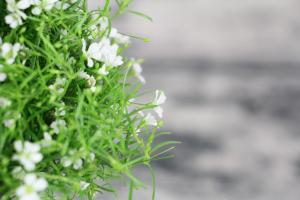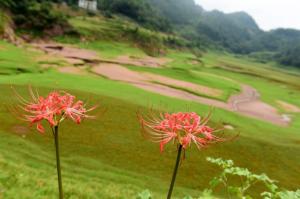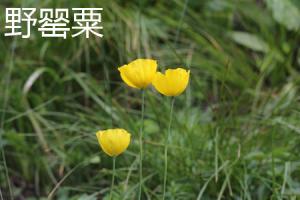Do You Plant Trees in Zone 9?
Planting trees is an essential way to help restore the environment, reduce carbon dioxide levels, and provide shade and protection for wildlife. However, not all trees are suitable for every climate. If you live in zone 9, you must be aware that the climate is warm and humid, which can be challenging for many tree species. Therefore, planting trees in this region requires careful consideration and planning.
Understanding Zone 9
Zone 9 is a region that spans across the United States, including parts of California, Texas, Florida, and Louisiana. The climate is characterized by hot summers, mild winters, and high humidity. The average minimum temperature ranges from 20 to 30 degrees Fahrenheit, and the average maximum temperature can exceed 100 degrees Fahrenheit in some areas. The soil in zone 9 is typically sandy or clay-based and can be prone to drought.
Suitable Trees for Zone 9
When choosing trees for zone 9, it’s essential to select species that can tolerate high temperature and humidity levels. Here are a few examples of trees that thrive in zone 9:
Live Oak: A large evergreen tree that is commonly found in the southern United States. It can grow up to 60 feet tall and 80 feet wide and can tolerate high humidity levels.
Japanese Blueberry: A small to medium-sized tree that can grow up to 30 feet tall. It has dense foliage that provides excellent shade and can thrive in sandy and clay soils.
Crape Myrtle: A beautiful tree that produces colorful blossoms in the summer. It can grow up to 20 to 30 feet tall and is drought-tolerant once established.
Chinese Pistache: A deciduous tree that can grow up to 40 feet tall with a spread of 30 feet. It has vibrant fall foliage and is drought-tolerant once established.
It’s important to note that even if a tree species is adaptable to zone 9, it’s crucial to choose the right cultivar that can tolerate specific soil and climate conditions in your area. Therefore, it’s best to consult with local nurseries or arborists to determine the best species and cultivar for your planting location.
Planting Trees in Zone 9
When planting trees in zone 9, it’s crucial to consider the following factors:
Location: Choose a planting location that provides adequate sunlight and good drainage. Avoid planting trees in low-lying areas that are prone to flooding or standing water.
Soil preparation: Improve the soil quality by adding organic matter such as compost and mulch. This can help retain moisture and provide nutrients for the tree.
Watering: Newly planted trees require regular watering to establish root systems. Water deep and infrequently, avoiding shallow and frequent watering that can lead to root rot or soil compaction.
Maintenance: Routine pruning, pest control, and fertilization can help promote tree growth and health.
The Benefits of Planting Trees in Zone 9
Planting trees in zone 9 can provide numerous benefits, including:
Environmental benefits: Trees can help mitigate climate change by absorbing carbon dioxide and reducing air pollution. They can also help prevent soil erosion and provide habitat for wildlife.
Economic benefits: Trees can increase property value, reduce energy bills by providing shade, and help reduce the need for expensive stormwater infrastructure.
Social benefits: Trees can provide a sense of community and well-being by enhancing aesthetics, reducing noise pollution, and providing recreational opportunities.
Conclusion
Planting trees in zone 9 can be a rewarding experience that provides numerous benefits for the environment, economy, and society. However, it’s crucial to choose the right species and cultivar and provide proper planting and maintenance to ensure the tree’s success. By planting trees, we can make a positive impact on our planet and create a healthier and more sustainable future.

 how many times do yo...
how many times do yo... how many planted tre...
how many planted tre... how many pine trees ...
how many pine trees ... how many pecan trees...
how many pecan trees... how many plants comp...
how many plants comp... how many plants can ...
how many plants can ... how many plants and ...
how many plants and ... how many pepper plan...
how many pepper plan...































